Caminos tradicionales
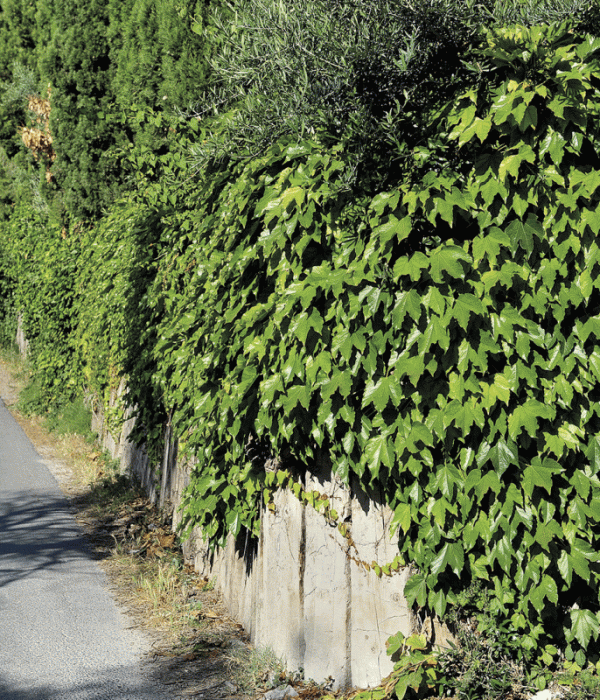
“El acto del caminar nos hace pensar y construir un mundo propio que oscila entre lo real y lo imaginado”
- Rubio remiro-
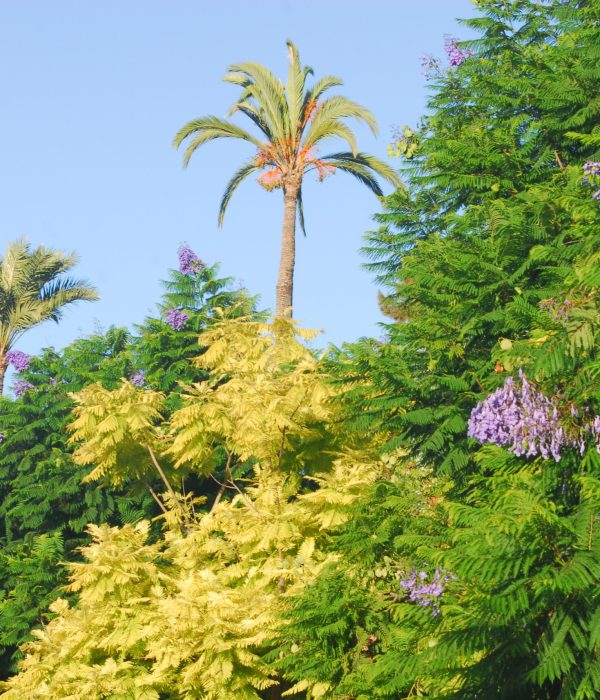
Caminos como el de LLoixa, cuyas primeras referencias lo describen ya en aquel siglo y que formó parte de la antigua conexión entre la ciudad de Alicante y la de Xàtiva, una de las principales vías de trasporte terrestre para el comercio y la producción agrícola. Y otros que se formaron más tarde para dar lugar a un gran entramado de vías de comunicación cuyos principales cruces se situaron en lo que hoy es el término municipal de Sant Joan. Hacia Valencia por el interior, hacia Villajoyosa por la costa, hacia el puerto de Alicante, hacia Mutxamel y Jijona y hacia El Campello y Busot, discurrían los caminos históricos que hoy todavía puede recorrer el caminante en los tramos que atraviesan el término municipal de Sant Joan, gracias a la protección con la que cuentan a raíz de la aprobación de su último Plan General Urbanístico.
Junto a ellos se fueron consolidando los primeros núcleos poblacionales, las infraestructuras de riego, las torres de refugio y defensa, las ermitas y las viviendas y villas de la Huerta. Patrimonio que aunque muy mermado por la impotencia de algunos de sus propietarios y la descontrolada vorágine urbanística, todavía en nuestros días, nos permite disfrutar y hacernos imaginar el cómo era la vida en aquellas épocas.
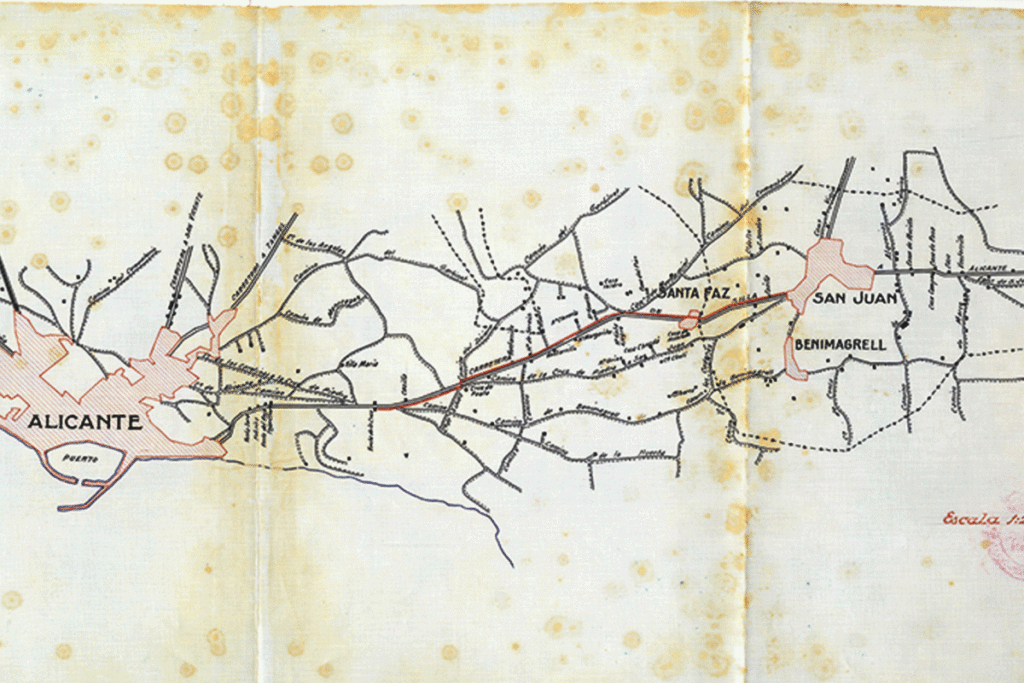
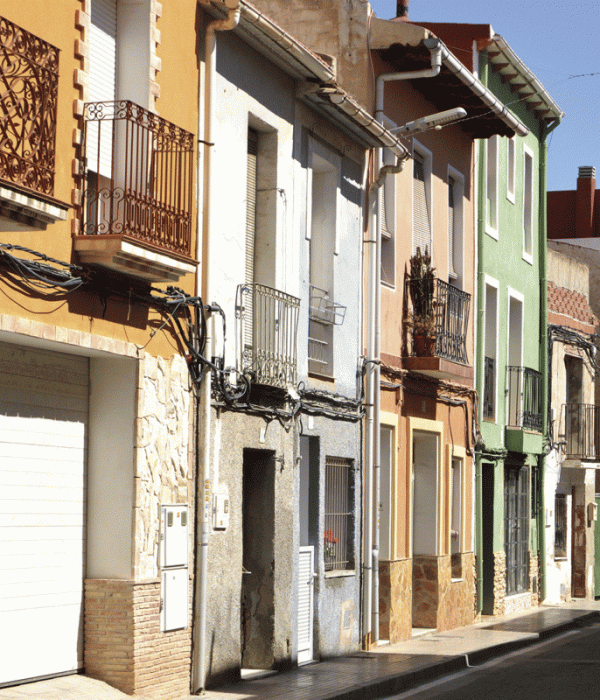
Los caminos históricos de Sant Joan, un espacio del territorio que puede ser recorrido con el fin de recuperar las huellas del pasado, permiten al caminante admirar distintos elementos patrimoniales construidos entre los siglos XVI y XIX. En sus recorridos podrá encontrar las Torres de la Huerta, como la Torre Bonanza, Salafranca, Ansaldo y La Cadena. Las fincas, casas y villas residenciales de la nobleza y burguesía alicantina; La Concepción, Villa Manzaneta, Finca Abril, La Princesa, Lo de Bellón, Palmeretes, San Jorge, Santa Ana, Capucho… Ermitas como las de Santa Ana (Salafranca), El Calvario, Villa Flora (LLoixa), Palmeretes, Virgen del Rosario (Fabraquer) o Virgen de Loreto.
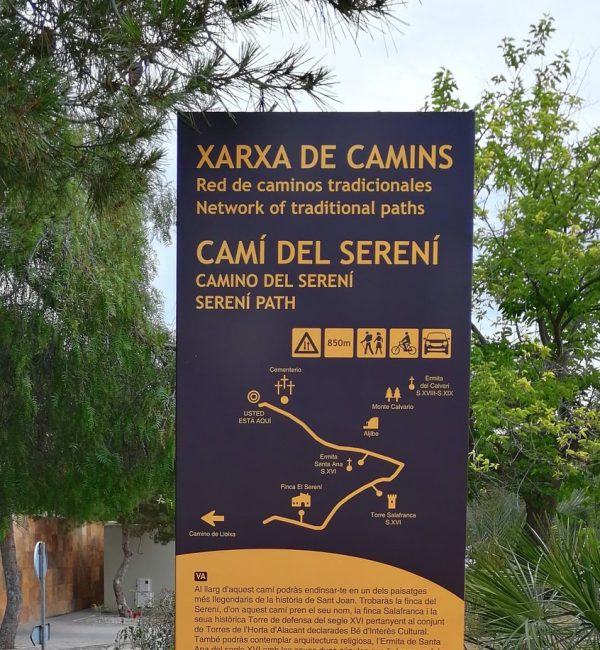
Los principales caminos históricos que podremos recorrer a través de distintos itinerarios son en las partidas de LLoixa y Salafranca; Camino de LLoixa, Serení, las vías pecuarias Colada de la Coix y Vereda de Sant Joan. En El Fabraquer; Camino de Palmeretes, El Campet, Camino de Marco, el Real de la Vilajoiosa, Vereda de Benimagrell. En Princesa-Lo de Bellón; Camino de Princesa, Vereda de Sant Joan, Camino del Fondo, Cantalar, el de la Venta del Primo.
Caminar es un hábito saludable, reduce el riesgo de depresión, proporciona bienestar emocional y te hace soñar despierto.
TE ANIMAMOS A CAMINAR CON NOSOTROS.
